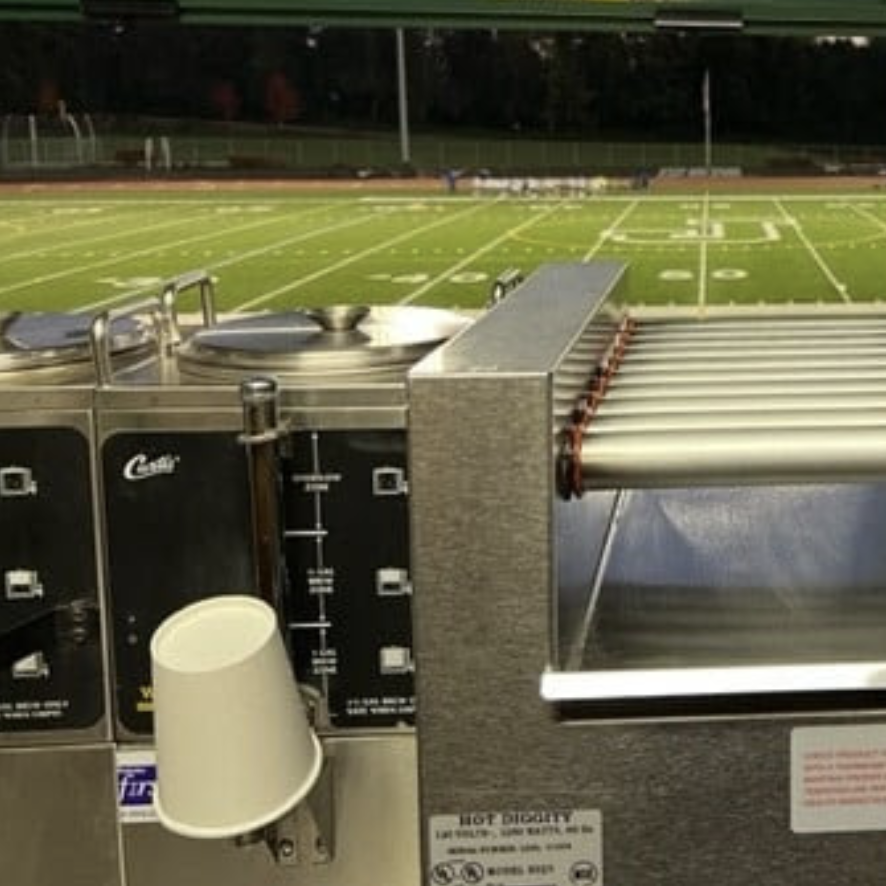Welcome to our expanding Strategy 4 Saturday blog community! If you find value in our weekly blog, please continue to read, provide us comments and share with others. You can unsubscribe at anytime.
Burnt Popcorn
On Thursday night, I was one of the parent volunteers at the girls high school soccer game, and my assignment was to make popcorn. We have to go back to 1992, at the 3-movie theater, in the previously standing Tanasbourne mall with the last time I had made popcorn in a commercial size popcorn maker.
(Btw, this was also one of my favorite jobs when I worked as a projectionist slicing film, but that’s for another day.)
At the beginning of the assignment, I heard these simple 60-second instructions:
1) Take large cup and fill with popcorn kernels
2) Add salt to that cup
3) Pour that into the heater
4) Add 1/2 cup oil/butter into the heater
Initially, there was enough popcorn, so I had to fill the bags with popcorn into the tray, so the cashiers could grab the food for the fans and customers. I was NOT very good at this. I burnt my hand a couple of times against the heater, spilled popcorn everywhere (it took me at least 30 minutes to see this feature), and felt like a fish out of water.
Secondly, I was distracted because my daughter Abby was playing in a soccer game. (In the Abby link, cool video about her, forgive the proud Dad.) They are currently ranked #1 in the nation. Therefore, at every opportunity, I tried to watch the game through a narrow window at the back of the stand instead of replenishing the popcorn bags for the customers in the front.
Uh oh…I had to make my first batch of popcorn.
I FAILED!!! BADLY!
The problem with failing at popcorn is EVERYONE knows you failed at popcorn. Burnt popcorn is one of the worst smells in the business. It has two points of failures, 1) It smells terrible 2) For the customer, this means they don’t want to eat popcorn now or anything else for that matter.
Somehow, I missed the important instructions that there was a switch that rotated the kernels and oils in the heater. It was turned off because it is a bit noisy.
Without this, the popcorn was sticking in the heater and burning. Plus, you had to time the flip for the final popcorn kernels that would not pop out of the top. This took a few additional batches to figure out.
Needless to say, I had to throw out a lot of burnt popcorn. Family and friends seemed to enjoy waving and smiling at me. Fortunately, the volunteers inside were kind.
Next, the popcorn rush occurred, and I had to rush several more batches. Fortunately, I was able to navigate the rush and customers were served.
I graded myself a C- on this assignment. That may have been a generous score.
The Customer Experience
After the game, we had a few extra bags of popcorn that we gave to kids in the crowd. I talked with a few people about my experience, and they had no idea there was burnt popcorn. Matter of fact, they said the popcorn TASTED GREAT!
Working with manufacturing companies, there tends to be this huge pride with making the best products in their industry. If you may, they want to make the best popcorn (products) in the world. They want their customers to be SO HAPPY! And I love this passion, I truly do. This is one of the reasons, that I love to work with manufacturing companies.
However, companies run into two common problems. BTW – this is not just a manufacturing problem, the same issue occurs with service companies.
Problem #1: They view the customer experience from their own INTERNAL experiences. Meaning, they feel like they are making BURNT popcorn, because they see the popcorn being spilled on the floor, and they smell, feel, count all the quality problems with the entire manufacturing and internal human management process. These problems gets passed onto the sales team, and they lose confidence in their products. Internally, they may feel like C- players.
However, the customer only cares about getting their popcorn when they want it, with the expected quality. The customer rarely sees the internal problems. Yet, somehow, we feel compelled to share it when the customer does not get the product when they want it. The customers often don’t care. Matter of fact, when we tell them too much, they may look for another source.
Problem #2: Manufacturers think the customer doesn’t just want popcorn. No, they think they want to have popcorn with different colors, and different salts, and different flavors, and special bags and different sizes, and they want imported popcorn and different butters…do you get the picture?
The reality is, most customers, just want regular popcorn cooked properly with the right amount of salt and butter. PERIOD.
Finding Your Popcorn
Most companies would be far more profitable if they would find their best popcorn (products) and stop selling the rest.
One of the approaches to find this magic and elusive popcorn is to ask the customer.
Hi, Mrs. Customer, what popcorn do you want? What popcorn do you want tomorrow? What features would you like with this popcorn? How much would you be willing to pay for it?
This is what we do with product and market research. When this is done well, it can be extremely valuable.
However, the customer has already told you.
Answer: It’s your best-selling products.
Look at your best-selling products and conduct a Pareto-Analysis. This will help you find the approximately 20% of your products that are providing nearly 80% of your sales. The inverse is true, the other 80% are providing roughly 20% of your sales.
Take a deeper look, what is the gross profit for your products, inventory that you have to carry to sell the product, and how long do you have to keep it on the shelves for maintenance purposes? How easy is the product to make? How many quality problems do they have? Is there burnt popcorn everywhere?
Sometimes the best decision, is addition by subtraction.
After conducting this type of research, you will find your bestselling popcorn. The popcorn that nearly everyone likes, without having to convince them.
Example Pareto analysis below from Qlik Community |



